- Guilford Technical Community College provides access to lifelong learning opportunities for personal growth, workforce productivity, and community service. We serve all the diverse segments of Guilford County's population, delivering quality educational programs and services, through partnerships with business, community groups, and other educational institutions.
School Highlights
Guilford Technical Community College serves 14,712 students (30% of students are full-time).
The college's student:teacher ratio of 17:1 is higher than the state community college average of 13:1.
Minority enrollment is 61% of the student body (majority Black), which is more than the state average of 48%.
Quick Stats (2025)
- Enrollment: 14,712 students
- In-state tuition: $2,489
- Out-state tuition: $8,633
- Student:teacher ratio: 17:1
- Minority enrollment: 61%
- Source: Integrated Postsecondary Education Data System (IPEDS)
Top Rankings
Guilford Technical Community College ranks among the top 20% of public schools in North Carolina for:
Category
Attribute
Diversity
School Resources
Community Size
School Overview
The teacher population of 860 teachers has stayed relatively flat over five years.
Guilford Technical Community College
(NC) Community College Avg.
Carnegie Classification
Associate's Colleges: Mixed Transfer/Career & Technical-High Traditional
Associate's Colleges: Mixed Transfer/Career & Technical-High Nontraditional
Institution Level
At least 2 but less than 4 years
At least 2 but less than 4 years
Institution Control
Public
Public
Total Faculty
860 staff
256 staff
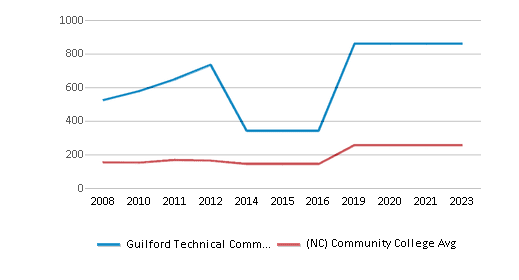
School Calendar
Student Body
The student population of Guilford Technical Community College has grown by 32% over five years.
The student:teacher ratio of 17:1 has increased from 13:1 over five years.
The Guilford Technical Community College diversity score of 0.71 is more than the state average of 0.66. The school's diversity has stayed relatively flat over five years.
Total Enrollment
14,712 students
2,542 students
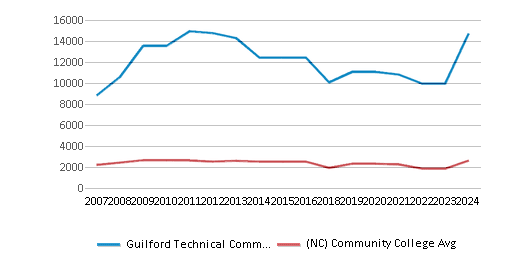
Student : Teacher Ratio
17:1
13:1
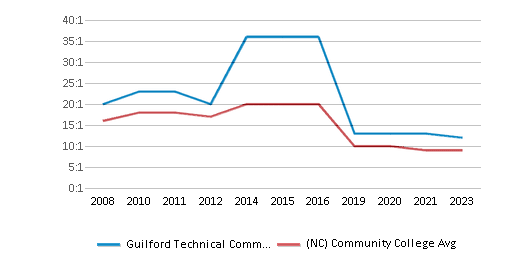
# Full-Time Students
4,463 students
766 students

# Part-Time Students
10,249 students
1,813 students
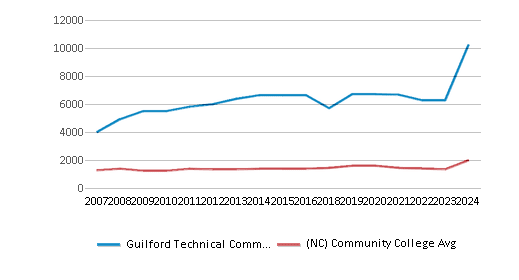
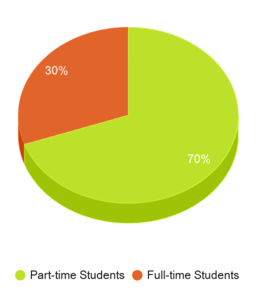
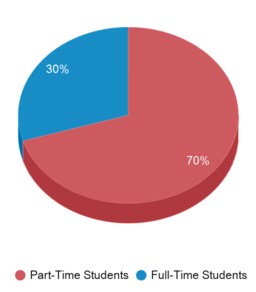
# Enrollment Undergraduate
147 students
316 students
# Full-Time Undergraduate Students
4,463 students
766 students
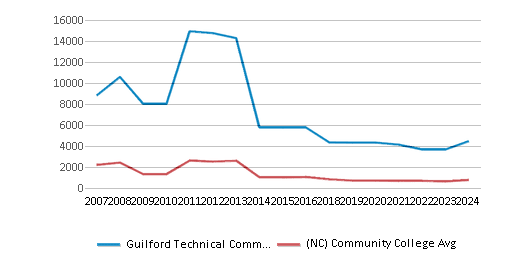
# Full-Time Graduate Students
n/a
22 students
# Part-Time Undergraduate Students
10,249 students
1,990 students
# Part-Time Graduate Students
n/a
3 students
Total Dormitory Capacity
n/a
717 students
% American Indian/Alaskan
1%
1%
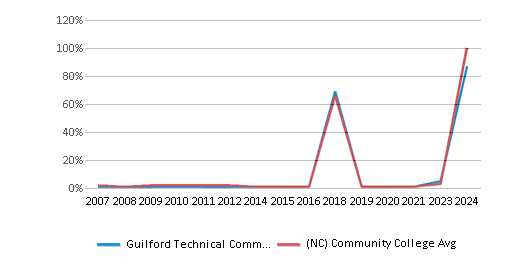
% Asian
5%
3%
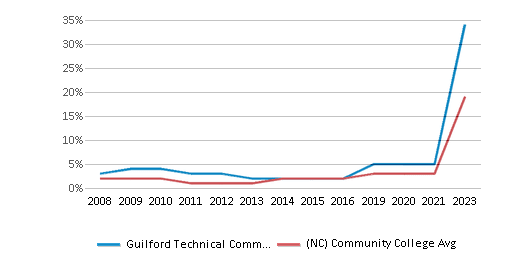
% Hispanic
13%
13%
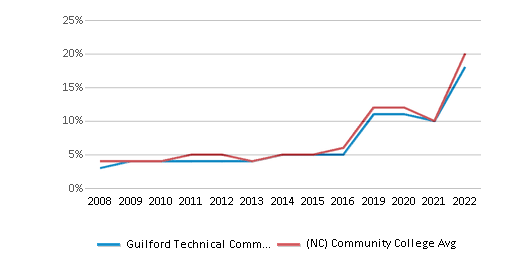
% Black
35%
21%
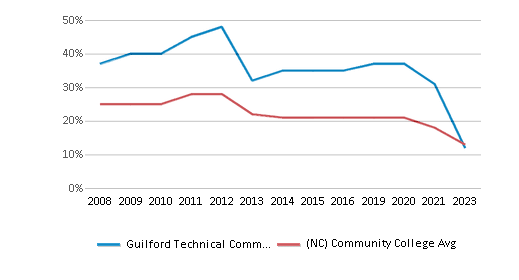
% White
39%
52%
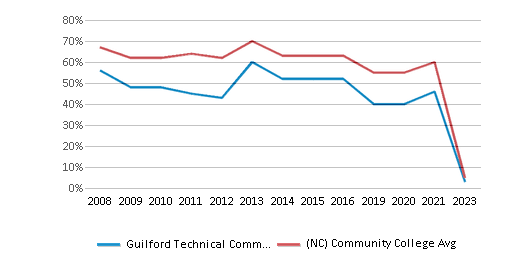
% Hawaiian
n/a
1%
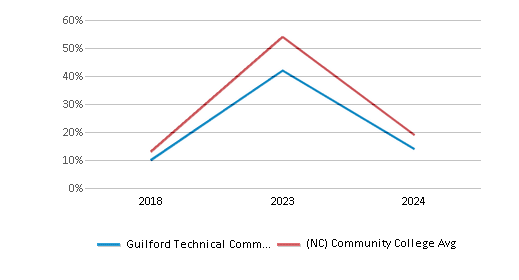
% Two or more races
3%
3%
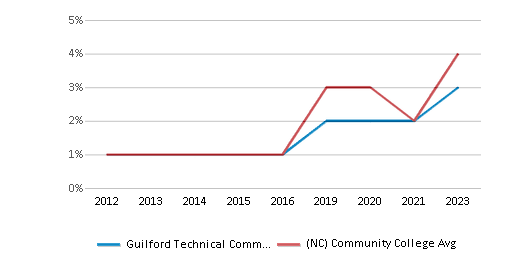
% Non Resident races
1%
1%
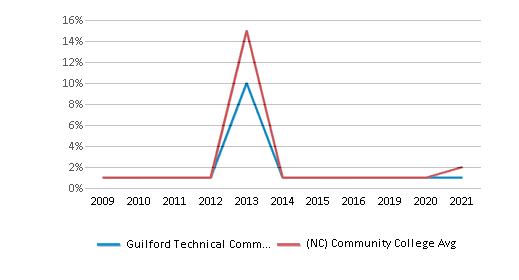
% Unknown races
3%
5%

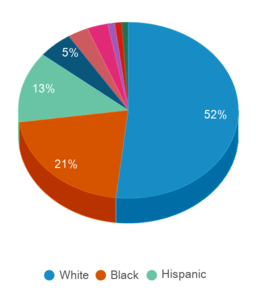
Diversity Score
0.71
0.66
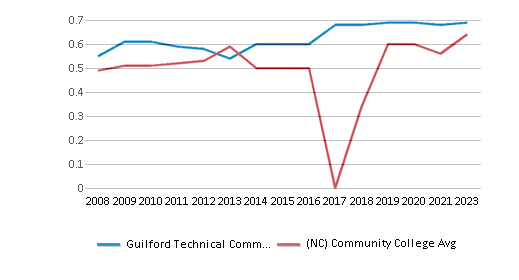
College Completion Rate (Students who graduate in less than 4 years)
0.2785%
0.3684%
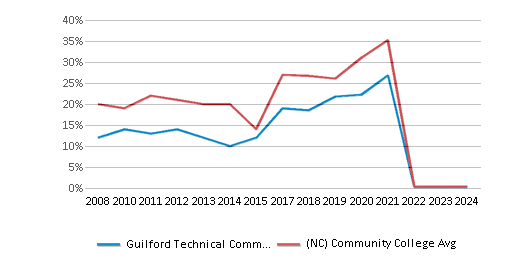
College Completion Rate (Students who graduate in 4 years or more than 4 years)
n/a
0.4286%
Average Graduate Earnings (10 Years)
$30,500
$27,500
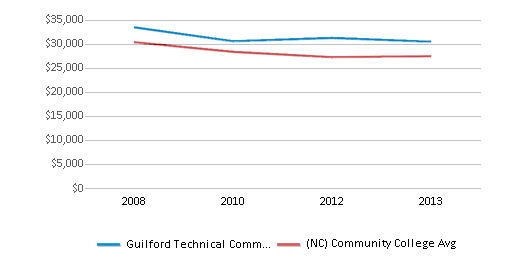
Tuition and Acceptance Rate
The public in-state tuition of $2,489 is less than the state average of $3,915. The in-state tuition has grown by 7% over four years.
The public out-state tuition of $8,633 is less than the state average of $9,508. The out-state tuition has grown by 12% over four years.
In-State Tuition Fees
$2,489
$3,915
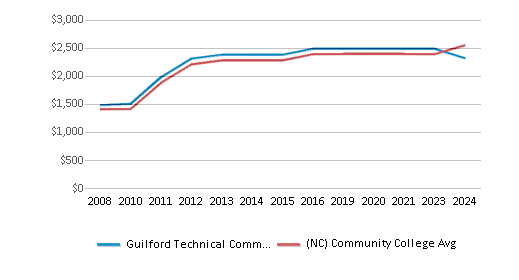
Out-State Tuition Fees
$8,633
$9,508
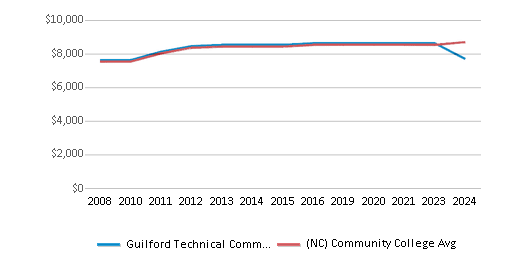
% Students Receiving Some Financial Aid
93%
82%
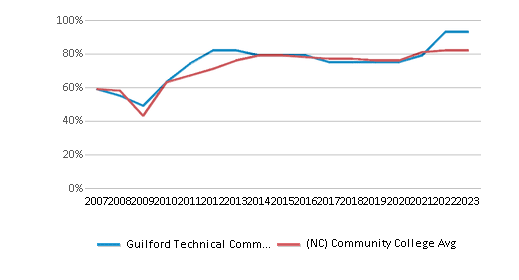
Median Debt for Graduates
$14,250
$11,865
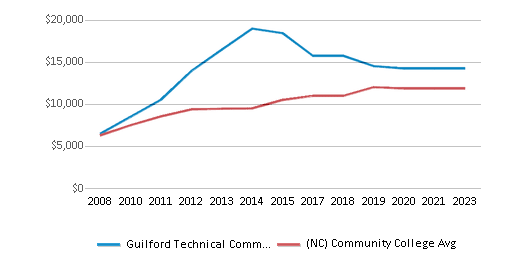
Median Debt for Dropouts
$6,100
$5,846
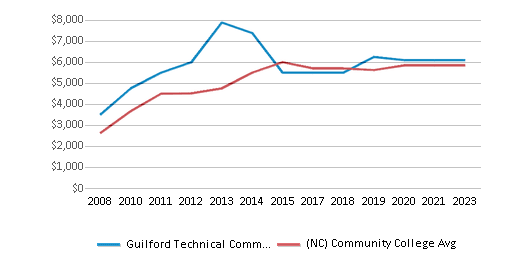
Acceptance Rate
n/a
82%
SAT Reading
n/a
488
SAT Math
n/a
498
ACT Composite
n/a
20
ACT English
n/a
13
ACT Math
n/a
16
Source: 2024 (or latest year available) Integrated Postsecondary Education Data System (IPEDS) , School Administrators
School Notes
- GTCC is an accredited two-year community college. It opened in 1958 with 50 students and two classes as the Guilford Industrial Education Center on the site of the Guilford County Tuberculosis Sanatorium, which operated from 1924 to 1955. Guilford Industrial Education Center's Board of Trustees was established on September 3, 1963. In 1965, when the school became Guilford Technical Institute (GTI), four members were added to the Board of Trustees. That same year, GTI was given authority to grant associate degrees. Campus locations can be found in Jamestown, Greensboro, High Point, the Aviation Center at the Piedmont Triad International Airport, and the Small Business Center. GTCC offers certificates, one-year and two-year career-related programs, a two-year college transfer program, personal enrichment courses, a variety of adult education opportunities and training for business and industry. GTCC has given students a great start. Its affordable tuition, small class sizes, highly qualified faculty, personal attention, great job placement rate, convenient class times and locations, beautiful campuses, and wide variety of student services, combine to make the Guilford Tech experience one that works for students. Guilford Technical Community College is also accredited by the Commission on Colleges of the Southern Association of Colleges and Schools to award Associate Degrees.
Frequently Asked Questions
How much does Guilford Technical Community College cost?
Guilford Technical Community College's tuition is approximately $2,489 for In-State students and $8,633 for Out-State students.
What is Guilford Technical Community College's ranking?
Guilford Technical Community College ranks among the top 20% of community college in North Carolina for: Diversity in US community colleges, Percent of students receiving financial aid and Largest student body.
Recent Articles

Obtaining Your Bachelor's Degree at a Community College
Explore the evolving landscape of community colleges offering bachelor's degrees, addressing affordability, accessibility, and workforce needs.

A to Z of Community College Certificates and Courses
From business and healthcare to technology and skilled trades, the article showcases the breadth of options available to students seeking to enhance their knowledge, develop new skills, or pursue career advancement.

What is a Community College?
This comprehensive guide explains what a community college is, its history, and its role in higher education. It covers the types of programs offered, differences from four-year colleges, benefits of attending, and important considerations for prospective students, providing valuable insights for those exploring educational options.









